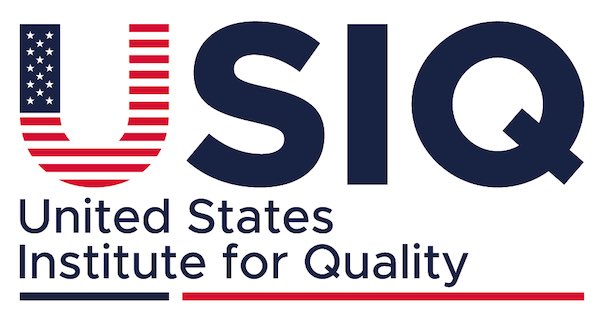|
Getting your Trinity Audio player ready...
|
The development of Employee Loyalty
The development of employee loyalty has gone through various phases over time, each characterized by specific theoretical approaches and practical measures.
The concept of employee loyalty originated in the classic management theories of the early 20th century. During this period, the focus was mainly on material incentives, like salary and job security, to ensure employees remained loyal to their company. These incentives were seen as essential means of promoting employee satisfaction and loyalty (Führungsakademie Sylt, 2018). Companies offered job security and financial rewards to stabilize their workforce and avoid turnover.
There was a paradigm shift in approaches to employee retention in the middle of the 20th century, strongly influenced by the application of Maslow’s hierarchy of needs in the world of work. This theory emphasizes the importance of satisfying social and emotional needs in addition to purely material incentives. It was recognized that employees’ identification with a company and the satisfaction of their social needs play key roles in increasing employee loyalty. Employees were increasingly viewed as holistic individuals whose motivation and commitment could be increased by recognizing and fulfilling their social and emotional needs (Führungsakademie Sylt, 2018).
In the late 20th and early 21st centuries, the consideration of values and norms became the focus of retention strategies. Companies began to focus more on their culture and values and integrate these into their employee retention programs. It was increasingly recognized that aligning employees’ individual values with company values led to stronger identification and retention. This phase was characterized by a more intense examination of the cultural aspects of employee retention and the promotion of a common corporate culture.
The 21st century brought significant technological developments and increased globalization, which further changed approaches to employee retention. Flexible working hours and locations and the use of digital tools to promote employee retention became key elements of modern HR strategies. Technologies such as remote working, virtual collaboration, and digital communication platforms have enabled companies to create more flexible and personalized working conditions that better meet employee needs. These developments helped improve the work-life balance and increase employee satisfaction (Belsch, 2015, p. 29-31).
Employee retention is seen as a central component of a value-creating corporate culture, today and for the future. The focus is increasingly on the “employee experience,” which encompasses all points of contact and experiences that employees have with a company. Companies are recognizing that a positive employee experience is crucial for long-term employee retention and engagement. Individual employee needs are increasingly being taken into account and tailored measures and programs are being developed to meet these needs and maximize employee satisfaction (Wolf, 2018, p. 140-142). These approaches help build a loyal and productive workforce that contributes to a company’s long-term success.
Sources:
- FÜHRUNGSAKADEMIE SYLT 2024. Bindung in der modernen Ökonomie. [online][18.6.2024] https://www.fuehrungsakademie-de/bibliothek/bindung-die-geheimnisvolle-kraft-guter-mitarbeiterfuehrung/kapitel-18-bindung-in-der-modernen-oekonomie
- BELSCH, S. 2015. Mitarbeiterbindung: So sichern Sie Ihre wertvollste Ressource. Hamburg: Igel Verlag, 100 Seiten.
- SCHARFENBERG, O. 2024. What is Employer Branding?
- WOLF, G. 2018. Mitarbeiterbindung. Strategie und Umsetzung im Unternehmen. 3. Auflage. Freiburg: Haufe Lexware. 426 Seiten.
Related Articles
Starting a business is always challenging, and marketing is one of the significant factors impacting most businesses. As of January [...]
Business and responsibilities come with some incredible pressures that can quickly become overwhelming. Outsourcing can dramatically alter how you work [...]
A newsletter is one of the most effective ways a business can reach its target market, inform them, and retain [...]
Everybody knows that starting a business over is thrilling, but one of the toughest tests of an entrepreneur is finding [...]





